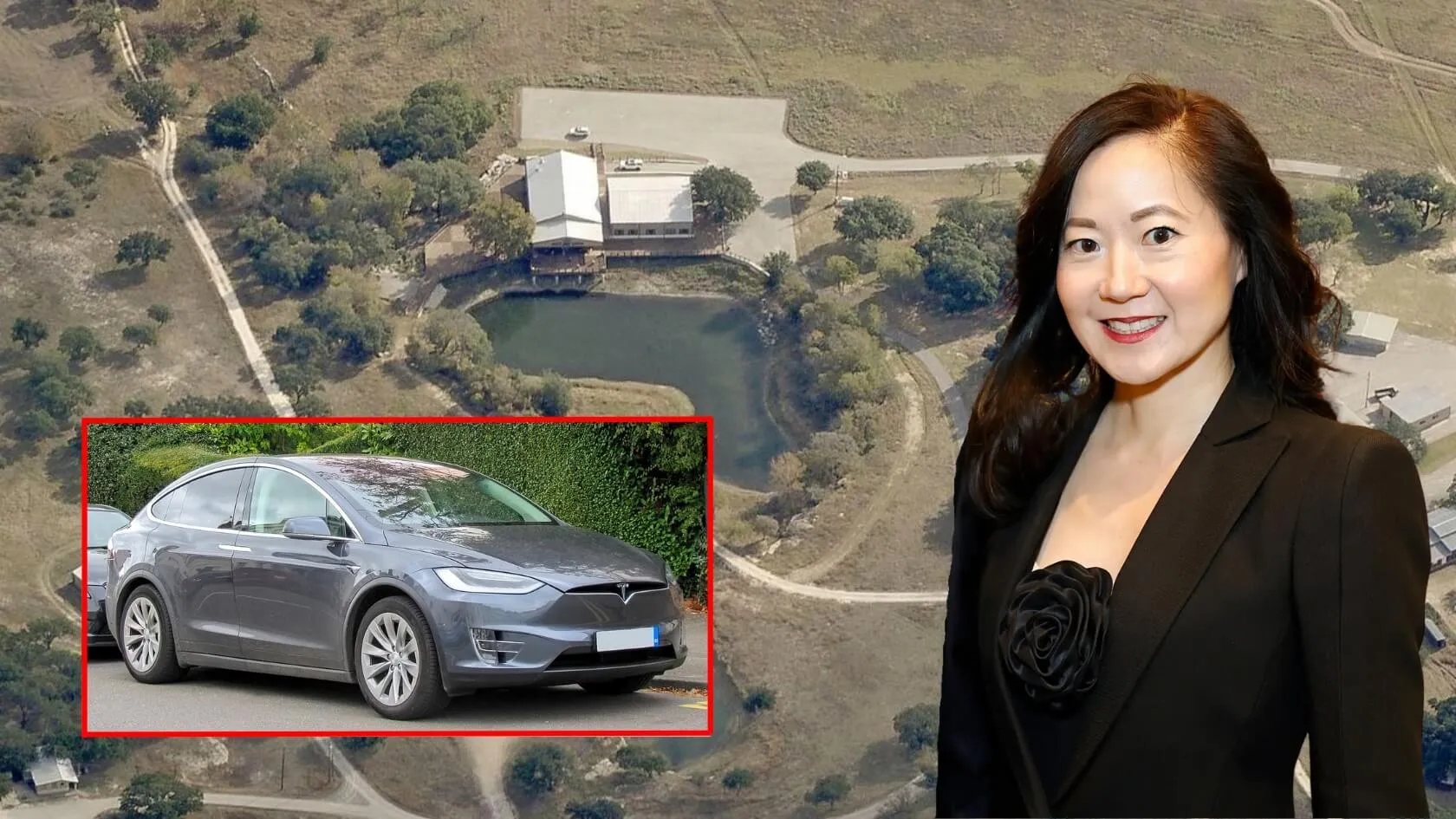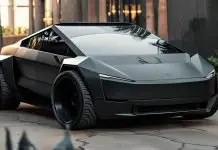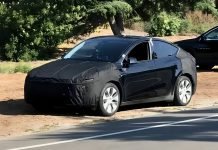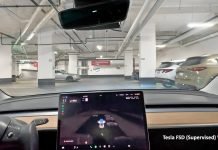Angela Chao, the former billionaire CEO of Foremost Group was killed in a tragic vehicle incident at her Texas ranch. The 58-year-old was attempting to return to the main residence where her son was sleeping when the fatal accident occurred. She decided to drive her Tesla Model X rather than walk due to the cold night air.
Chao accidentally put her Tesla Model X in reverse instead of drive. The vehicle then backed into a pond and became submerged underwater. When this happened, she made a panic call to her friends. They were also at the ranch, celebrating the Chinese New Year holiday with her.
By the time first responders arrived, the Tesla Model X was fully underwater which complicates the rescue operation. Despite desperate attempts, including trying to break the vehicle’s windows, she could not be saved from the submerged Tesla.
The harrowing incident has ignited widespread scrutiny regarding electric vehicle safety features and how the media has portrayed the event. Questions about what preventive measures could have avoided this devastating loss have been raised.
The 58-year-old ex-CEO amassed an estimated $3.7 billion fortune guiding Foremost Group for over 25 years before retiring in 2019. She is survived by one son and three daughters.

Table of Contents
Addressing the Propaganda
The way mainstream media covered Angela Chao’s tragic accident has worried some people. The media was biased against Tesla in general. The coverage may have made people feel more negative about Tesla.
Two main points of contention have emerged from the narrative constructed by mainstream publications:
Strength of Tesla Glass
The media coverage focused too much on how hard it was to break the Tesla’s windows during rescue efforts. They argue this unfairly targeted Tesla. The truth is that most modern cars use strong glass that is hard to break. Automakers choose this type of tempered or laminated glass for its safety benefits, such as preventing occupants from being ejected during crashes.
The challenge of breaking such glass underwater is not unique to Tesla but is a universal issue across modern vehicles. This aspect of the coverage unfairly singles out Tesla, ignoring the broader context of automotive safety standards and practices.
Fear of Electrocution
Some media coverage suggested that electric vehicles like Teslas could electrocute people if submerged in water. This portrayal is controversial. It shows a misunderstanding of the extensive safety features built into modern EVs to prevent electrical hazards, even when underwater.
Tesla and other EV makers engineer multiple safeguards to protect against electrical risks if the vehicle gets submerged. The idea that the electric system could electrify the water and endanger rescuers is not accurate based on how EV electrical safety systems actually work. Experts say the media narrative about electrocution risks is not supported by the technical realities of EV designs.
Why Tesla in the Media Spotlight
Media focused on certain points about this accident to create negative views of Tesla and electric vehicles in general. This approach spreads misinformation and unwarranted fear, instead of sticking to the factual details of what happened.
The reporting should have been more balanced and factual, acknowledging the complexities of automotive safety and the advancements in electric vehicle technology. Instead, the coverage unfairly singled out Tesla and EVs for scrutiny.
Reporting should not target specific brands or technologies. The mainstream media should recognize the overall proven safety records of electric vehicles, rather than trying to leverage a tragic incident to foster broader negative perceptions.
Conclusion
This tragic incident shows we need more education and awareness about electric vehicle safety. It’s also a reminder that journalism should prioritize accuracy and context over sensationalism.
As the auto industry keeps evolving, with electric vehicles becoming more common, discussions about safety and technology must be based on facts and a full understanding of the advancements and challenges involved.
News coverage should avoid sensationalizing stories in a way that spreads misinformation or unwarranted fears about specific EV brands or the technology overall. Responsible reporting requires providing proper context about automotive safety standards and practices across the industry.
As EVs play a bigger role, it’s crucial that the public conversation around their safety stays grounded in reality, not hype or inaccurate narratives that could undermine confidence in these vehicles unnecessarily. Ongoing education is needed.



















This is believable and makes sense
so… she put her own car into reverse, floored it into the water, and drowned…
and the first word in this headline is “electrocution”? really?
I am sure Tesla can develop a computerized sensor in their cars that senses water submersion,which will allow windows to
automatically roll down so that a person can escape.,hopefully, that person can swim.